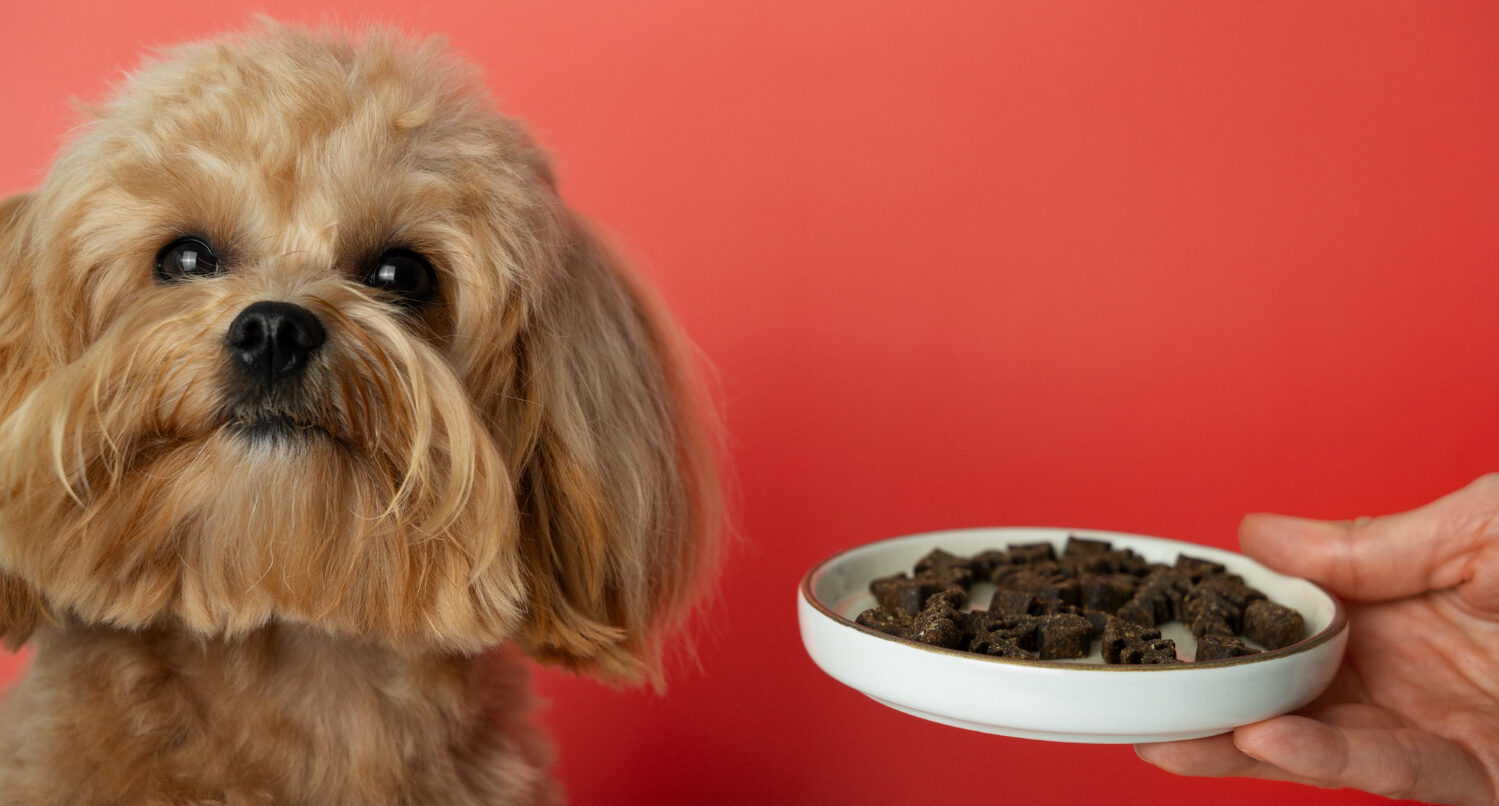Are Dogs’ Mouths Really Clean?

The age-old adage that a dog’s mouth is cleaner than a human’s mouth has been perpetuated for generations. We’ve all heard it: “A dog’s mouth is cleaner than yours.” But is there any truth to this statement, or is it just a myth? Let’s dive deep into the topic and uncover the reality behind the cleanliness of dogs’ mouths.
Myth vs. Reality: Understanding the Truth
Myth: Dogs’ Mouths Are Cleaner Than Humans’
This common myth suggests that the enzymes and bacteria present in a dog’s mouth are somehow less harmful or more efficient at cleaning wounds than those found in human mouths. It’s often cited as a reason why dogs can lick their wounds and heal faster.
Reality: Dogs’ Mouths Harbor Bacteria and Germs
Contrary to popular belief, a dog’s mouth is not necessarily cleaner than a human’s. Like all mammals, dogs’ mouths contain bacteria and germs that can potentially cause infections or illness. While some of these bacteria are specific to dogs and may differ from those found in human mouths, they can still pose risks to both canine and human health.
Factors Affecting Oral Hygiene in Dogs
- Diet: The type of food a dog eats can significantly impact their oral hygiene. A diet high in sugars and carbohydrates can promote the growth of plaque and tartar, leading to dental issues such as gum disease and tooth decay.
- Oral Care Routine: Regular brushing, dental chews, and professional cleanings are essential for maintaining good oral hygiene in dogs. Neglecting oral care can result in plaque buildup, bad breath, and other dental problems.
- Habits and Behaviors: Dogs engage in various habits and behaviors that can affect the cleanliness of their mouths, such as licking themselves, scavenging for food, and chewing on objects. These activities can introduce bacteria and germs into the mouth and contribute to oral health issues.
Health Risks Associated with Poor Oral Hygiene in Dogs
- Dental Disease: Periodontal disease, gingivitis, and tooth decay are common dental issues in dogs caused by poor oral hygiene. These conditions can lead to pain, discomfort, and tooth loss if left untreated.
- Systemic Health Problems: Poor oral health in dogs has been linked to systemic health problems such as heart disease, respiratory infections, and kidney disease. Bacteria from the mouth can enter the bloodstream and spread to other organs, causing secondary complications.
Maintaining Good Oral Hygiene in Dogs
- Regular Brushing: Brush your dog’s teeth regularly using a dog-specific toothbrush and toothpaste. Aim to brush their teeth at least 2-3 times per week to remove plaque and prevent tartar buildup.
- Dental Chews and Toys: Provide your dog with dental chews, toys, and treats designed to promote oral health. Chewing on these items helps remove plaque and tartar while keeping your dog entertained.
- Professional Cleanings: Schedule regular dental cleanings with your veterinarian to remove stubborn tartar and address any underlying dental issues. Professional cleanings are essential for maintaining your dog’s oral health and preventing dental disease.
- Healthy Diet: Feed your dog a balanced diet consisting of high-quality food that promotes good oral health. Avoid feeding table scraps and sugary treats, as these can contribute to dental problems.






 Advantages And Disadvantages Of Feed Or Dry Food
Advantages And Disadvantages Of Feed Or Dry Food